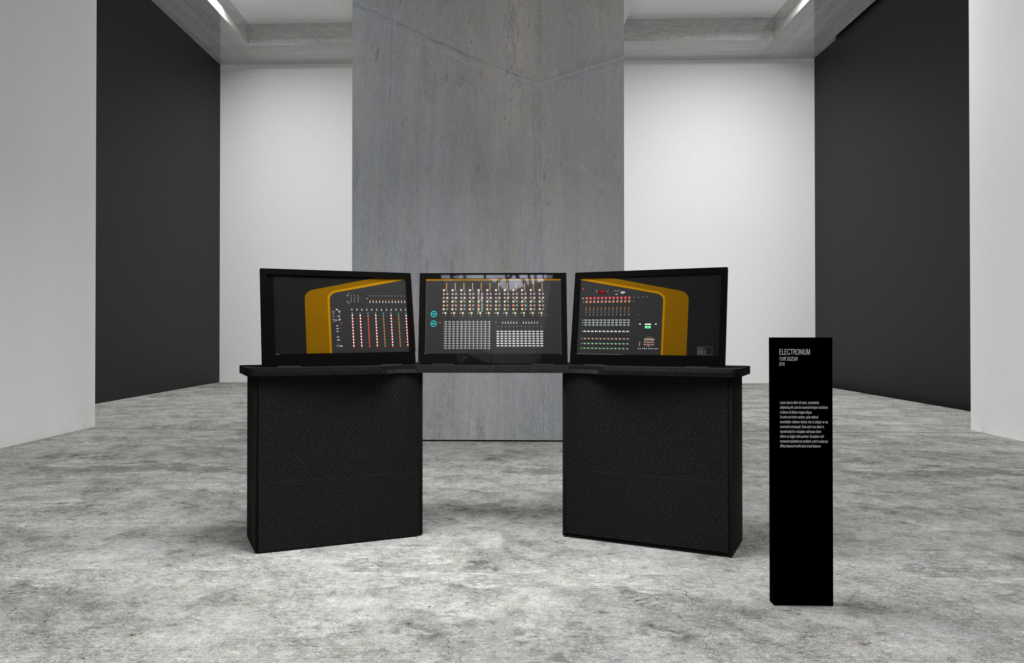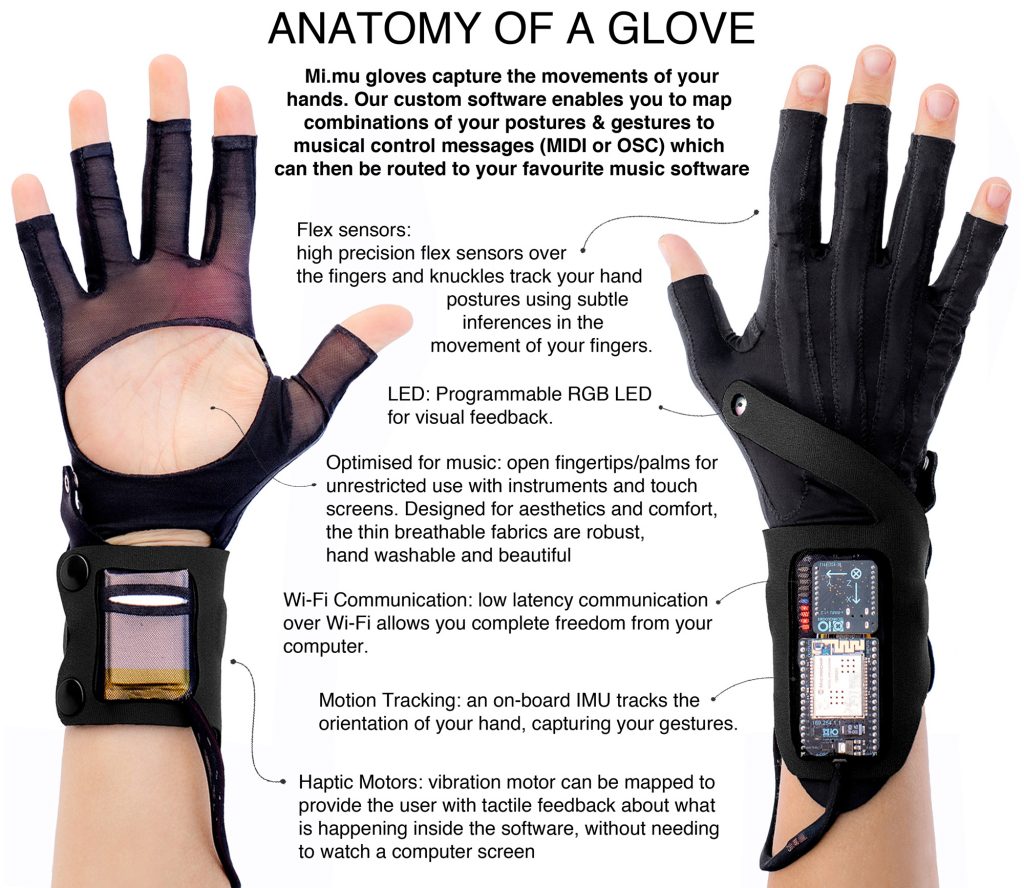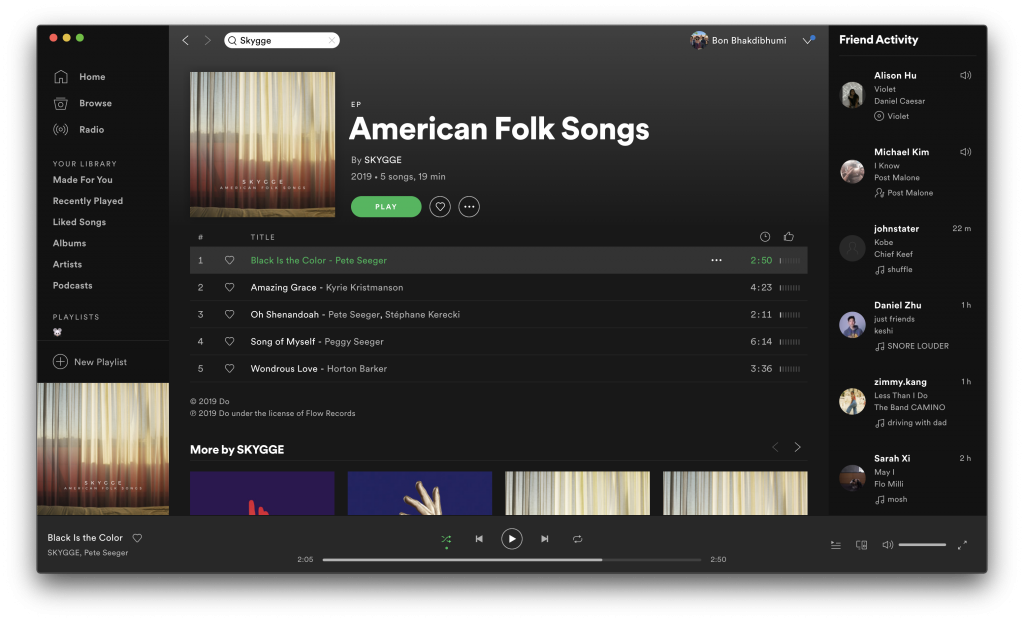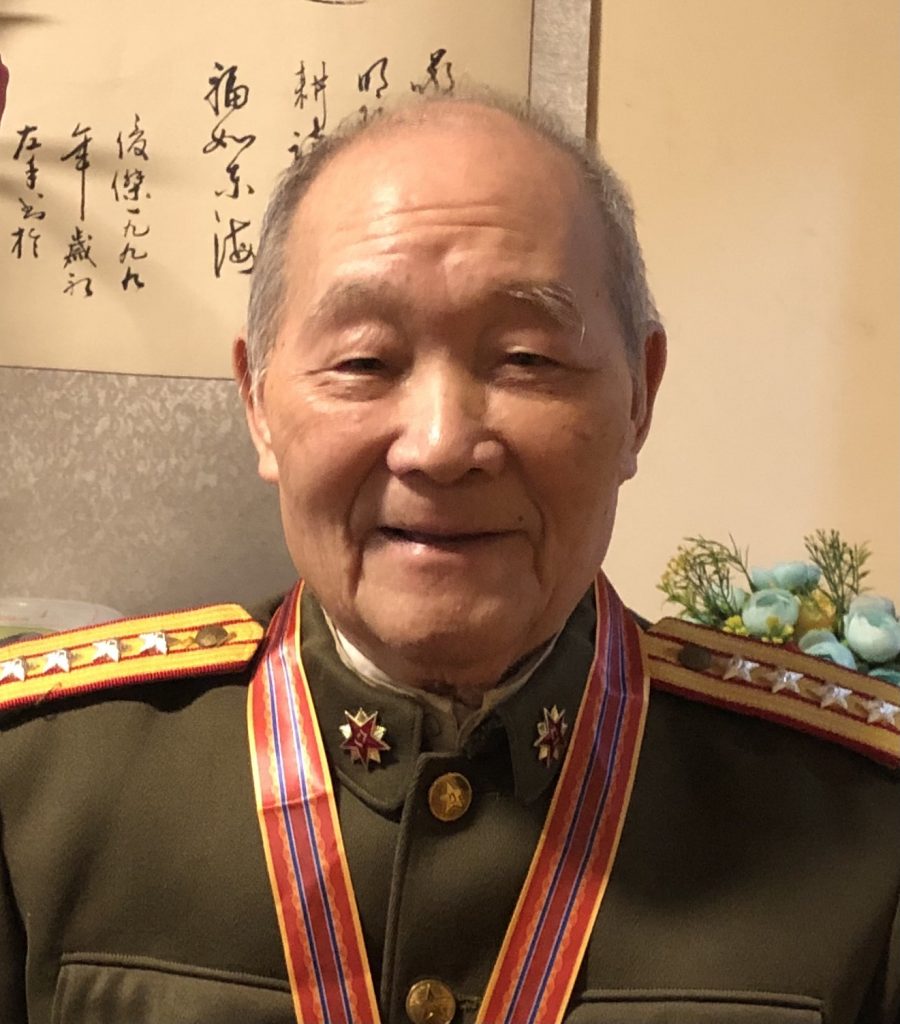
The computational music project I looked at was begun by American bandleader, engineer and inventor Raymond Scott, and reimagined by Yuri Suzuki, a Japanese inventor. The machine is made to display an instantaneous performance-composition through the use of Google Magenta’s AI software, which connects neural networks from all the Bach chorales to code, thus creating a harmonic relationship between sounds and generates new situations with AI intelligence. The machine itself aesthetically displays a sequence and rhythm, which brings the performance a layer of visualization while it is playing. I think it is fascinating to see symphonic music composed and displayed in such a way, with all of its components on a screen light up to curate the performance.
![[OLD FALL 2020] 15-104 • Introduction to Computing for Creative Practice](../../../../wp-content/uploads/2021/09/stop-banner.png)









